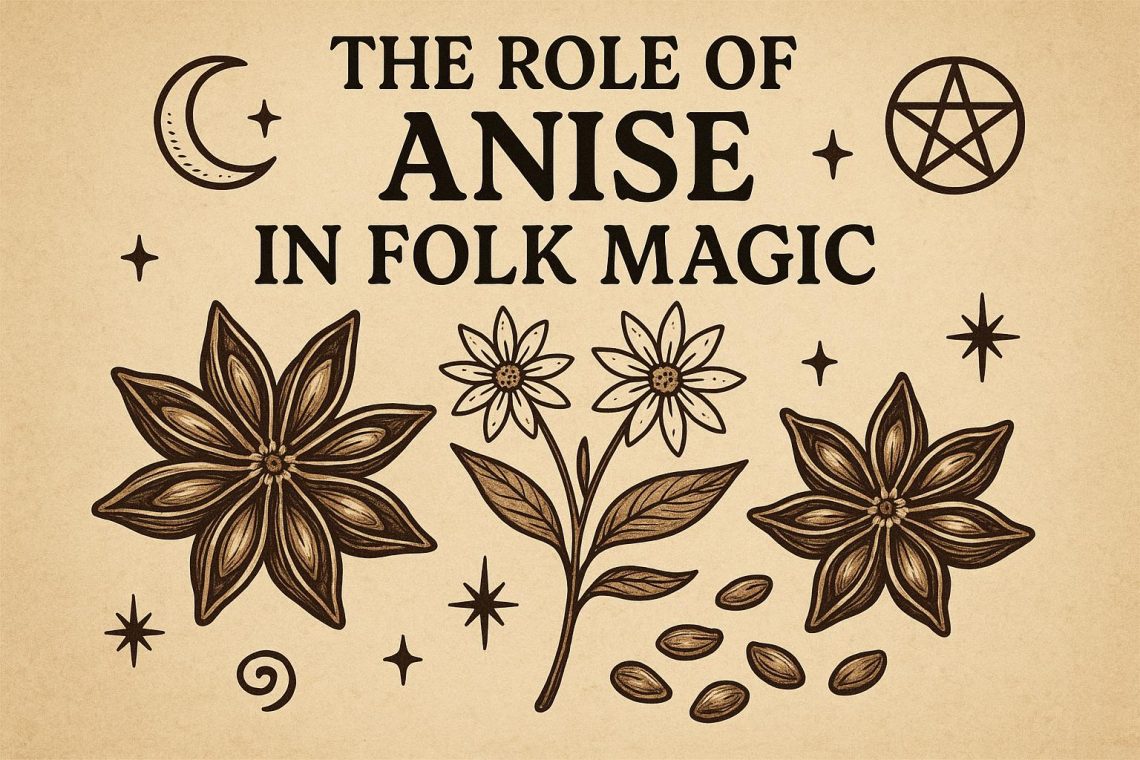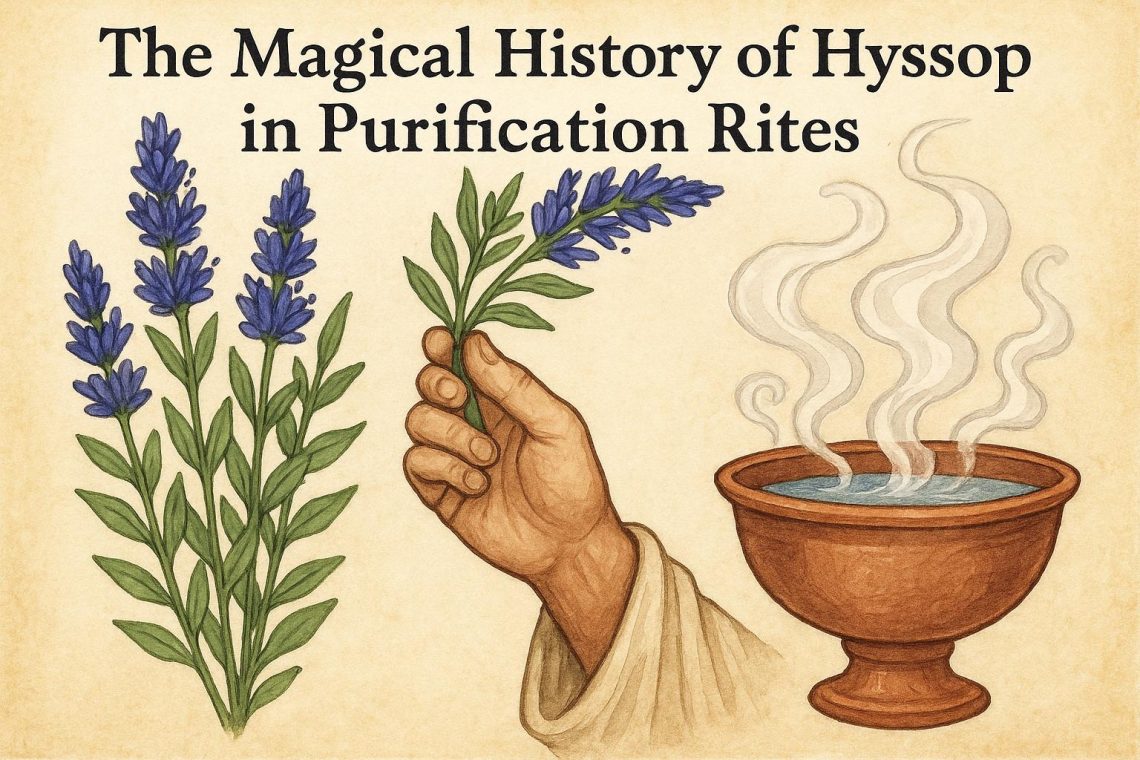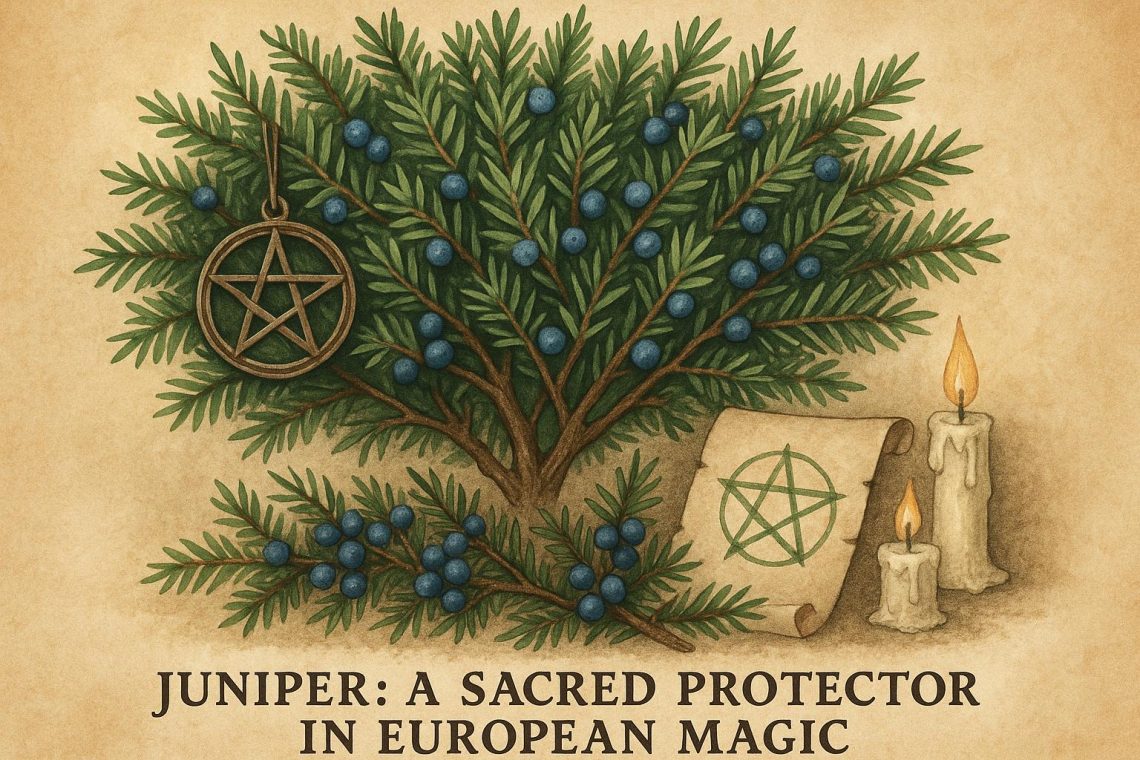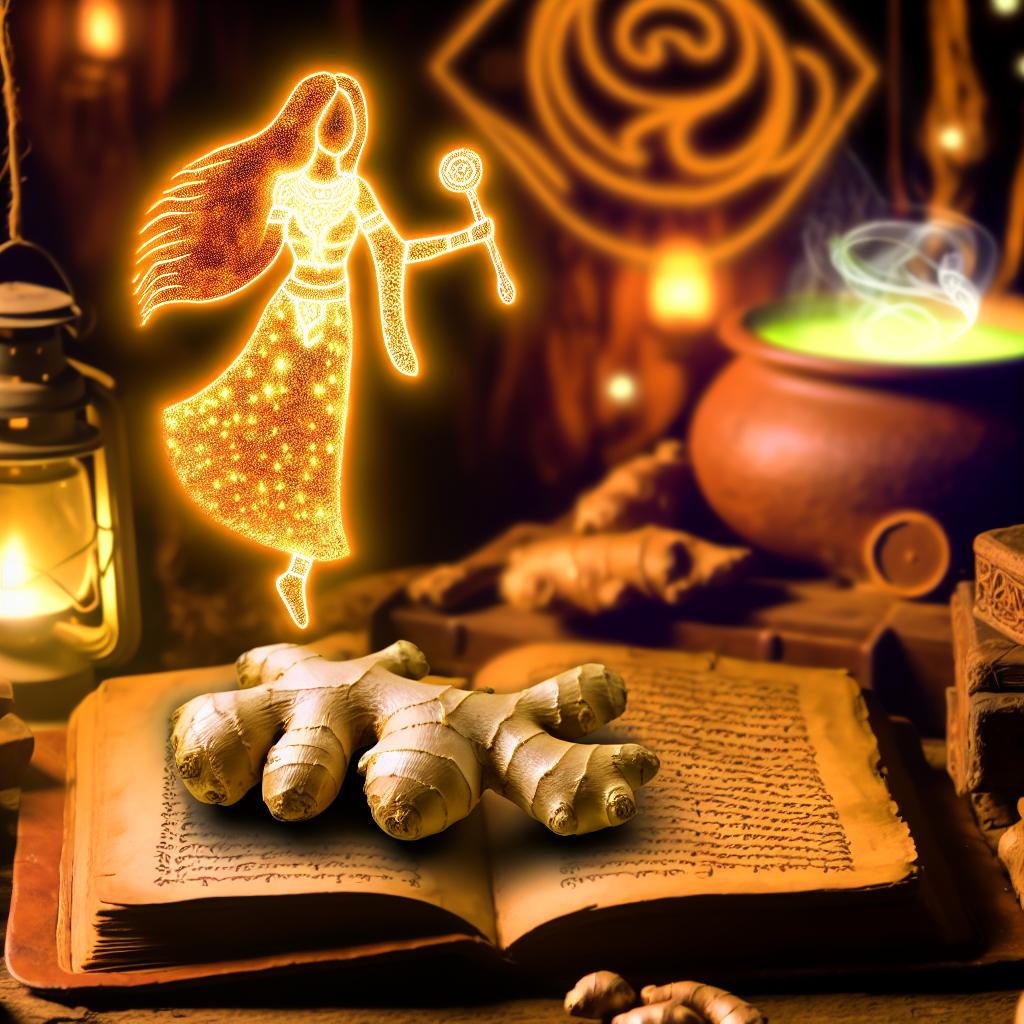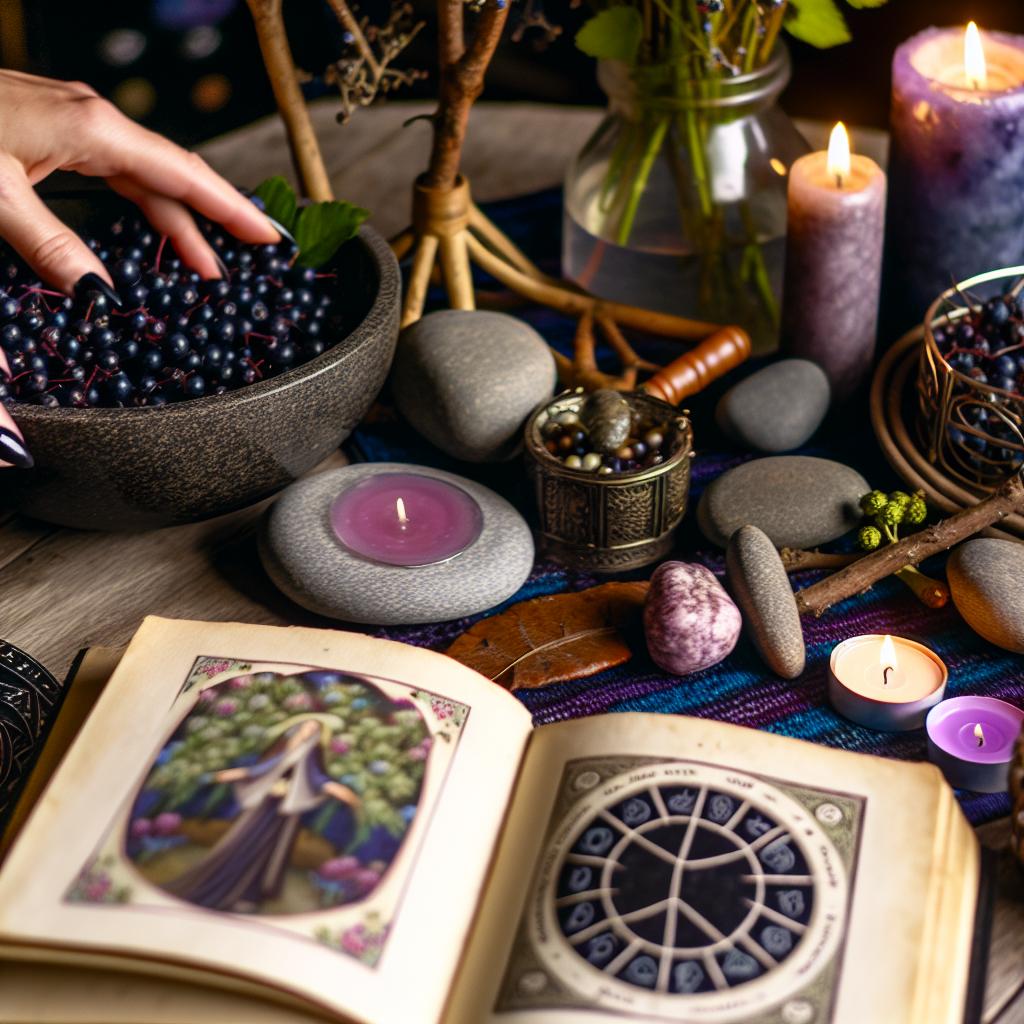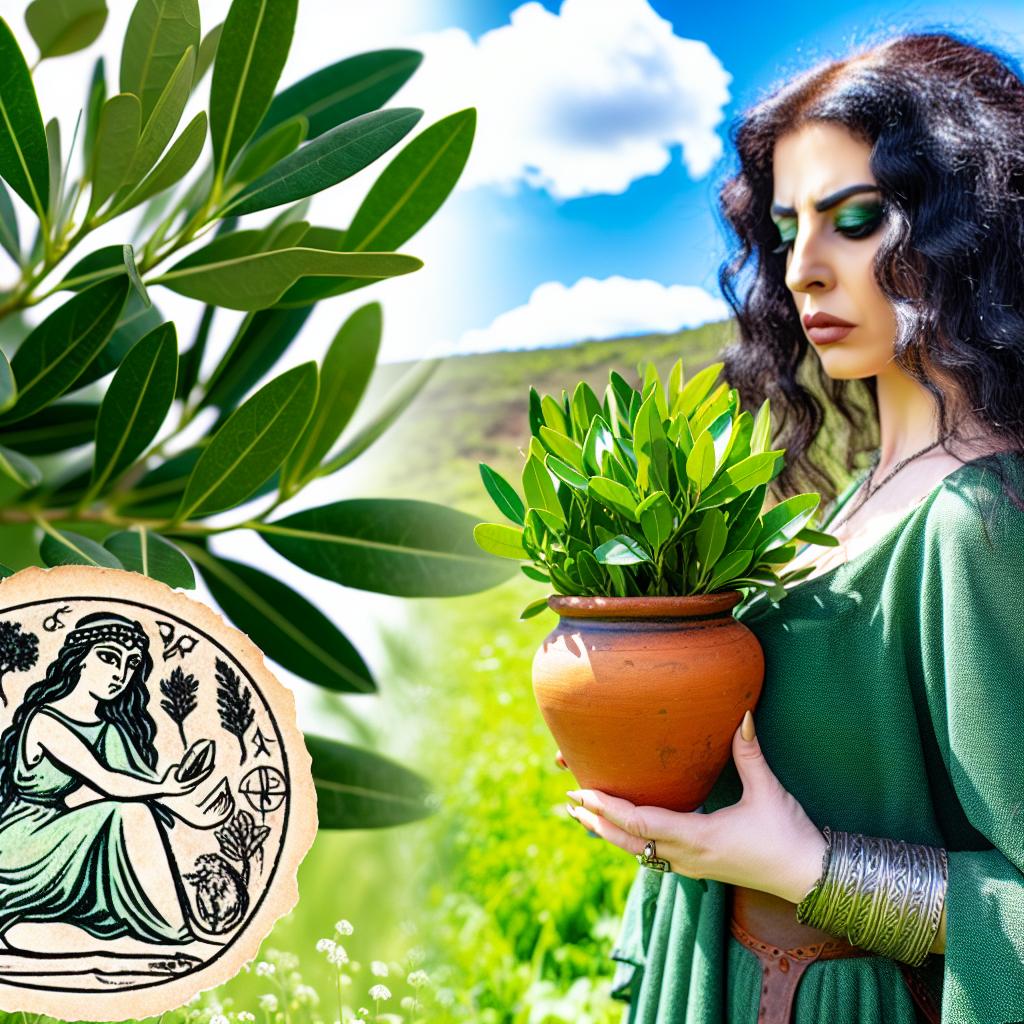The Historical Significance of Anise in Folk Magic
Anise, or Pimpinella anisum, is an herb renowned not only for its distinctive flavor but also for its aromatic seeds, which have been widely used for both culinary and medicinal purposes throughout history. Beyond its well-documented applications in cooking and healing, anise has also carved out a significant niche in the realm of folk magic in various cultures around the globe. The exploration of anise’s magical properties often intertwines deeply with its rich historical and cultural significance, providing a unique perspective into the herb’s revered status.
Symbolism and Magical Properties
Within the scope of folk magic, anise is primarily linked with attributes of protection and purification. Practitioners of folk magic have historically harnessed these properties, employing anise in various rituals with the aim of warding off evil or malevolent spirits. The seeds of anise are traditionally believed to hold the power to cleanse and purify environments, making the inclusion of anise in protective charms and sachets a common practice. Its cleansing properties are often extended to personal purification rituals, wherein anise is utilized in baths or as incense to clear spaces of negative energy and foster a sense of tranquility and safety.
Usage in Cultural Practices
The role of anise in folk traditions is exemplified in a myriad of cultural practices across the world. The following points provide a glimpse into the diverse applications of this herb in various cultural contexts:
Mediterranean Folk Traditions: Anise holds a place of prominence in the folk practices of several Mediterranean countries, where it is traditionally used for its protective qualities and to attract good fortune. It is not uncommon for anise to be planted around homes, acting as a botanical shield against harm and misfortune.
Eastern European Rituals: In many parts of Eastern Europe, anise is intricately woven into cultural ceremonies, such as weddings or the inception of new business ventures, to ensure prosperity and protect against the malevolent glance of the evil eye. It serves as both a talisman of goodwill and a safeguard against unseen malevolent influences, embodying dual roles as a magical and auspicious charm.
Did you know? Beyond its magical uses, anise is frequently employed for its medicinal attributes within these regions, often blurring the lines between healing practices and magic, demonstrating the complex interplay between health and spirituality in traditional practices.
The Esoteric Symbolism of Anise
The star-shaped nature of anise seeds has occasionally been associated with celestial symbolism, representing a symbolic bridge between the physical and spiritual realms. This visual resemblance to stars aligns harmoniously with anise’s employment in divination practices, wherein it is sometimes incorporated in rituals designed to enhance clairvoyance or to promote the experience of insightful dreams. Such uses underscore anise’s multifaceted role in traditional belief systems, where physical forms and shapes play a pivotal role in the ascription of spiritual meanings and potentials.
Anise in Contemporary Folk Magic
Although the practice of folk magic has undeniably evolved over time, anise continues to retain its spiritual importance in contemporary esoteric practices. Modern-day practitioners may incorporate anise in spells or rituals aimed at enhancing psychic abilities, ensuring personal protection, or fostering a sense of inner peace and balance. The creation of anise-infused oils is one contemporary innovation, where it is believed that the protective properties of anise are amplified when anointed on the skin or on sacred objects during ritualistic practices.
For individuals interested in exploring the wider uses of anise in folk remedies or seeking to purchase related products, reliable resources such as local herbal shops and specialized online platforms offer valuable insights and supplies. These resources serve as a bridge, connecting the ancient practices of folk magic with contemporary interest in natural and holistic methods of wellness and protection.
In conclusion, the enduring role of anise in folk magic highlights its significant place in cultural rituals and practices across the ages. Anise’s symbolic significance and practical applications underscore a fascinating intersection of tradition, belief, and nature. By examining its historical uses and continuing presence in modern practices, one gains a profound appreciation for the multifaceted nature of this herb and its profound impact on cultural and spiritual traditions. This exploration not only furthers understanding of anise but also offers a broader reflection on the ways in which plants and nature continue to inspire and influence human belief systems through time.
